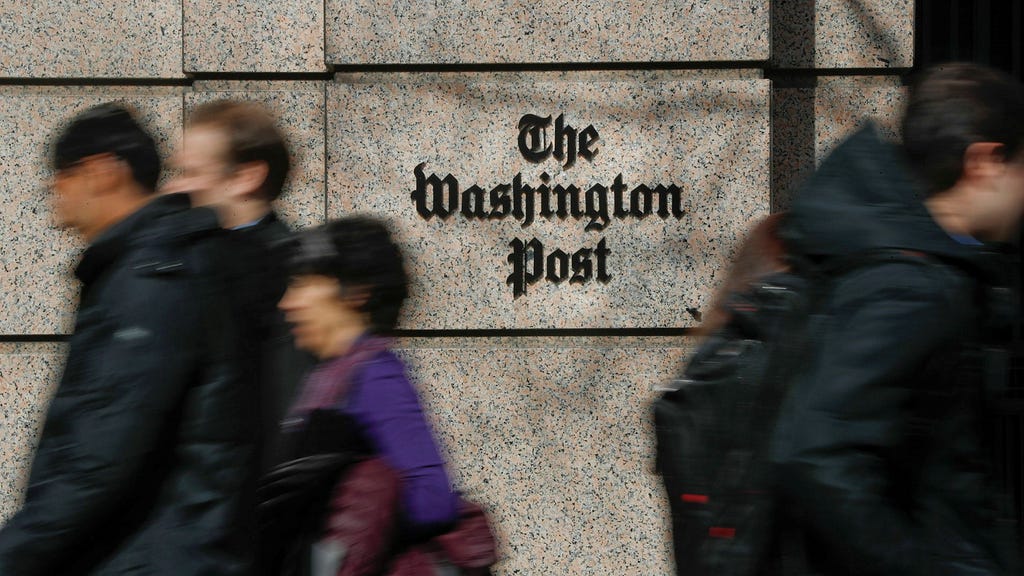Ann Telnaes, a Pulitzer Prize-winning editorial cartoonist, resigned from her position at The Washington Post in June 2023 following a series of internal disputes regarding editorial standards and practices. Telnaes’ resignation highlighted deeper tensions within the news organization, particularly concerning the balance between freedom of expression, editorial oversight, and the sensitivities of a diverse readership in a highly polarized political climate. Her departure sparked considerable debate about the role of satire and the boundaries of acceptable commentary in contemporary journalism, particularly given the evolving landscape of social media and its impact on public discourse.
The immediate catalyst for Telnaes’ resignation was the Post’s decision to edit one of her cartoons that depicted a controversial political figure. While the details of the cartoon and the specific edits remain somewhat ambiguous, Telnaes publicly stated that the alterations compromised the cartoon’s satirical intent and represented an unacceptable intrusion on her artistic freedom. She argued that the edits were not based on journalistic integrity or factual accuracy but rather on a perceived need to avoid potential backlash and maintain an appearance of impartiality. This, she argued, ultimately undermined the very function of political satire, which often relies on exaggeration, provocation, and pointed criticism to challenge power and spark dialogue.
Telnaes’ resignation was not an isolated incident. It followed a pattern of escalating tensions between the editorial staff and management at The Washington Post, particularly surrounding issues of editorial independence and the perceived influence of corporate interests. Several other prominent journalists and opinion writers had either left the publication or publicly expressed concerns about a perceived chilling effect on their work, particularly when it involved criticizing powerful individuals or institutions. These departures and expressions of discontent contributed to a broader narrative of a news organization struggling to navigate the complex demands of maintaining journalistic integrity while facing increasing pressure to avoid controversy and maximize readership in a highly competitive media landscape.
Underlying Telnaes’ resignation and the broader unrest within The Washington Post is the evolving understanding of the role of satire in contemporary journalism. Satire has historically served as a powerful tool for social and political commentary, often pushing boundaries and challenging conventional wisdom. However, in an increasingly polarized and sensitive social climate, the line between sharp satire and offensive commentary becomes increasingly blurred. The rise of social media, with its rapid dissemination of information and potential for misinterpretation, further complicates this dynamic. A cartoon intended to be satirical can quickly be taken out of context, misrepresented, and amplified by algorithms, leading to unintended consequences and potentially damaging repercussions for both the artist and the publication.
The case of Ann Telnaes also raises important questions about the relationship between editorial oversight and artistic freedom within news organizations. While some level of editorial review is necessary to ensure accuracy, fairness, and adherence to journalistic standards, excessive interference can stifle creativity and undermine the unique power of satire. Finding the right balance is a complex challenge, especially in a rapidly changing media environment. The traditional role of editors as gatekeepers is being challenged by the rise of independent online platforms and the increasing expectation of transparency from readers. News organizations must grapple with how to maintain journalistic integrity while also allowing space for diverse voices and perspectives, including those that may be provocative or challenging.
The resignation of Ann Telnaes from The Washington Post serves as a microcosm of the broader challenges facing journalism in the 21st century. The incident highlights the tension between freedom of expression, editorial control, and the demands of a rapidly changing media landscape. It also underscores the importance of ongoing dialogue about the role of satire in public discourse and the need for news organizations to navigate the complex balance between upholding journalistic standards and fostering a culture of creative expression. The evolving relationship between artists, editors, and audiences in the digital age necessitates a re-evaluation of traditional editorial practices and a commitment to open communication and mutual respect to ensure that vital forms of commentary, like political satire, can continue to thrive. The case serves as a reminder that the freedom of the press, and the artistic freedoms it encompasses, are not absolute and require constant vigilance and thoughtful engagement from all stakeholders to protect and preserve.














